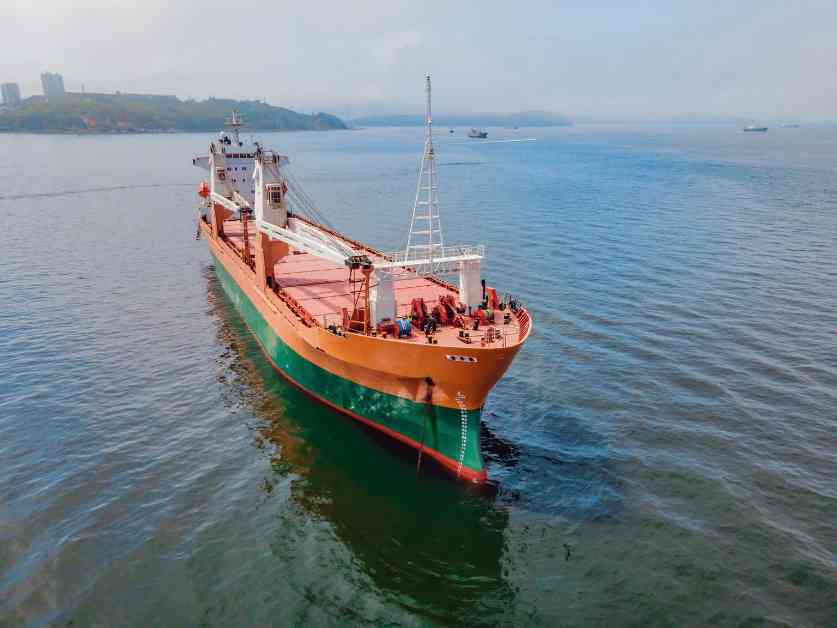Safe Bulkers Inc. (NYSE:SB) has recently experienced a 100% bull run in their share price between November 2023 and June 2024, followed by a 20% pullback after reporting mixed earnings results in Q2 2024. In this article, we will delve into the highlights of Safe Bulkers during Q2 2024, examining both positive and negative factors that may impact the company’s future performance.
Company Overview
Safe Bulkers is a Monaco-based global shipping company that leases its fleet of 46 dry bulk vessels to other shipping companies. With an additional 8 new build vessels expected to be delivered between 2024 – 2027, the company is focusing on modernizing its fleet for higher operational performance. While this strategy can lead to increased efficiency, it also comes with higher crew training costs.
The company’s aggregate carrying capacity across all vessels is 4.6 million DWT, positioning Safe Bulkers among competitors like Star Bulk Carriers Corp, Navios Maritime Partners, and Maran Dry Management. CEO and Chairman Polys Hajioannou controls approximately 43.35% of the outstanding common stock, demonstrating a significant ownership stake in the company.
Recent Performance
During Q2 2024, Safe Bulkers faced headwinds in the dry bulk shipping industry, particularly concerning iron ore and steel markets. With a 14% YTD decrease in the SLX index and China’s increasing focus on renewable energy over fossil fuels, the demand for shipping services may be impacted. Additionally, a reduction in backhaul cargoes from the Far East to Europe could lead to decreased profitability on certain routes.
However, the company saw positive developments in charter rates, especially in the Capesize and Panamax segments. With an average remaining charter duration of 2.4 years at $24,500 per day for Capesize vessels and $15,000 per day for Panamax vessels, Safe Bulkers reported an increase in net income to $27.6 million in Q2 2024, up from $15.4 million in the same period in 2023.
Outlook
Analyzing Safe Bulkers’ share price performance, we observed a 20% pullback following a significant bull run. While this correction may be healthy for the stock, it raises questions about the company’s future trajectory. Financial statements reveal a decline in net income and EBITDA from 2021, despite the share price remaining stable. Negative free cash flow in 2023 is a concern, especially considering the company’s quarterly dividend of $0.05 per share since 2022.
With a debt-to-assets ratio of 0.37 and a quick ratio of 1.88, Safe Bulkers’ debt position appears manageable. While operating margins declined, net margins increased in recent quarters. The absence of share buybacks in Q2 2024, following a previous repurchase of 4.8 million shares, raises uncertainty about the company’s future capital allocation strategy.
Conclusion
In conclusion, Safe Bulkers presents a mixed investment case for shareholders. While the company’s modern vessel fleet and improved charter rates in Q2 2024 are positive indicators, declining financial metrics and a disconnect between share price and fundamentals raise concerns. The lack of a new share buyback program and negative free cash flow suggest a cautious approach to investing in Safe Bulkers.
As the company navigates through industry headwinds and internal challenges, investors should closely monitor Safe Bulkers’ financial performance and strategic decisions. A hold rating is recommended until more favorable price action and a clear capital allocation strategy are established.

















